Critical Points to Consider Before Launching an SEL Program
By Sarah Goldman December 20, 2022
In response to an increase in student anxiety and social skill challenges after three years of the Covid pandemic, schools have been viewing Social and Emotional Learning (SEL) with renewed interest.
Prioritizing SEL in schools is a great investment, but in order to do this effectively, we must begin with the adults. We have an ethical obligation to train staff in facilitating SEL learning for our students. Research has found that teachers who developed their SEL skills improved both their own well-being and the social, emotional, and academic development of their students. Conversely, teachers who were required to teach SEL without being provided professional opportunities to develop their own SEL skills worsened the skills of their students. You wouldn’t teach your child how to drive if you weren’t confident in your own abilities- we shouldn’t put teachers behind the wheel who aren’t confident in theirs.
This critical work must be done from the onset of any program and continue throughout its life. Schools that have participated in a decade-long study of SEL programs said the biggest change they would have made was prioritizing adult SEL sooner. Why? Because these districts recognized that by experiencing SEL, adults became stronger and more effective practitioners, advocates, and models of SEL.
To lay the groundwork for success, take care of the following first:
1- Include all key stakeholders
By including the entire staff, we communicate the importance of their well-being, their value, and the impact they have on students. Collaborating on these efforts can enhance relationships within the school community and improve overall school culture. Sea Change has worked with Garden International School in Kuala Lumpur and International School of Curitiba in Brazil who both made the decision to include all staff in their SEL efforts- from security guards, to accounting, to school leadership. In addition, GIS translated all Professional Development materials and instructions into Malaysian Bahasa to ensure the professional development was equitable.
2- Assess the situation
Teachers' capacities, competencies and attitudes towards SEL should be assessed at this phase. Research examining teachers' beliefs about SEL showed that when teachers hold positive beliefs about an SEL program, they report enjoying the SEL program more, have greater “buy-in” to the value of the program, and there are higher ratings of program effectiveness.
3- Build and repair trust
Trust is the foundation for any successful relationship, this includes our relationships within our schools. Developing structures that promote trust, community, and collective efficacy among staff are critical for success. Candid conversations and collecting data from staff on their perceptions of these areas allow us to celebrate strengths and repair gaps.
4- Protect the capacities and wellbeing of the adults
It takes time and space to implement a successful SEL program. If we value this work, our actions must align. Administrators will need to evaluate where we can create space for this work.
As Justin Reich, Associate professor at MIT writes, “When the system isn't working, and the people in the system are exhausted and overwhelmed, you can't fix those problems by adding more things to the system and making it more complicated.” By making space for wellness, we create space for recovery.
When you have taken care of these initial steps, you are ready to start implementing SEL. Make sure to include ongoing support and provide professional development to staff to enhance their competencies throughout the program.
Find out more about the Sea Change’s Adult SEL course here or contact us to learn more about how we can support you in this important work.
Resources:
Megan Ferran “Social and Emotional Supports for Educators During and After the Pandemic” Center for American Progress, July 20, 2021 available at https://files.eric.ed.gov/fulltext/ED613782.pdf
Collaborative for Social and Emotional Learning, CDI Ten Year Report, available at https://casel.s3.us-east-2.amazonaws.com/CDI-Ten-Year-Report.pdf
Rebecca J. Collie, “Teachers’ Social and Emotional Competence: Links with Social and Emotional Learning and Positive Workplace Outcomes” available at http://ndl.ethernet.edu.et/bitstream/123456789/41571/1/610.Erica%20Frydenberg.pdf#page=189
